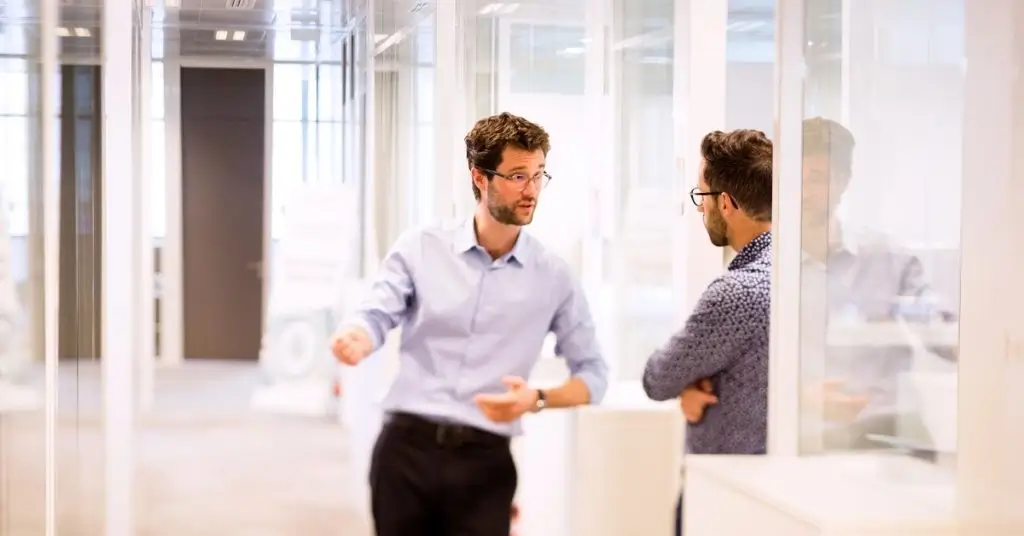Can distance learning balance flexibility, interactivity, and sociability? To meet this challenge, EDHEC Business School’s online courses combine different e-learning types, mixing synchronous learning (shared live with all participants) and asynchronous learning (with learners following at their own pace, on their own time). How does this work? Frédéric Choumette, an instructional designer at EDHEC Business School, is here to explain.
The 10 types of e-learning
- Computer Managed Learning (CML)
- Computer-Assisted Instruction (CAI)
- Synchronous Online Learning
- Asynchronous Online Learning
- Fixed E-Learning
- Adaptive E-Learning
- Linear E-Learning
- Interactive Online Learning
- Individual Online Learning
- Collaborative Online Learning
Focus on the Synchronous e-learning type
What do we mean by synchronicity in online courses?
Frédéric Choumette: Synchronicity refers to taking a live learning module at a given time, whether one-to-one with a facilitator — such as in an individual coaching session, for example — or in a group, at the same time as the rest of the participants in the course or alongside your working group.
In practice, what kind of module is available synchronously?
The most obvious example is a virtual class. A face-to-face class transferred to a digital interface, a virtual class is shown live with all participants attending at the same time. This is a means of bringing learning to life and making it more tangible, but also of encouraging exchange, as the platform allows all learners to participate in real-time. We actually see a more equal balance of contributions in virtual classes than we do in face-to-face lessons: as participants are not physically present in the classroom, the more introverted among them are more confident about speaking up. We also see synchronicity at other levels: in coaching sessions or for group work. For example, on the EDHEC Online Campus, course participants have access to tools like the collaborative work platform Slack or the video conferencing solution Zoom, which allows them to hold meetings and interact in real-time whenever they like. This social dimension (“social learning”) is an essential factor for student success because it reinforces and complements asynchronous e-learning.
Conversely, what kind of content is available in the “asynchronous” format?
Our virtual campus combines various e-learning types which participants can take in as and when they like: mini-lectures by EDHEC teachers, fun quizzes and exercises, explanatory modules using motion graphics, video interviews with experts, and even role play sketches with actors for certain courses. At EDHEC, we strive to produce high-quality asynchronous content by following an approach founded on user experience and gamification. The result: we provide livelier and more engaging formats than a simple filmed class or PowerPoint presentation. We are constantly improving our content, particularly with reference to participant feedback.
In brief:learner-directed, self-paced learning, learning from the sources of Self-paced online courses, Discussion forums & groups or Message boards
What are the advantages of this mix for learners?
E-learning has traditionally favoured asynchronicity, one of its major advantages being the flexibility it allows in organisational terms, particularly for professionals who already have full timetables and who do not have the luxury of being able to take time off work for education. But by introducing some synchronous material to our distance learning programmes, we add a social link, interactivity, and sociability. This vision of e-learning as tangible, social, and collaborative is what we at EDHEC call “distance learning without the distance”.



